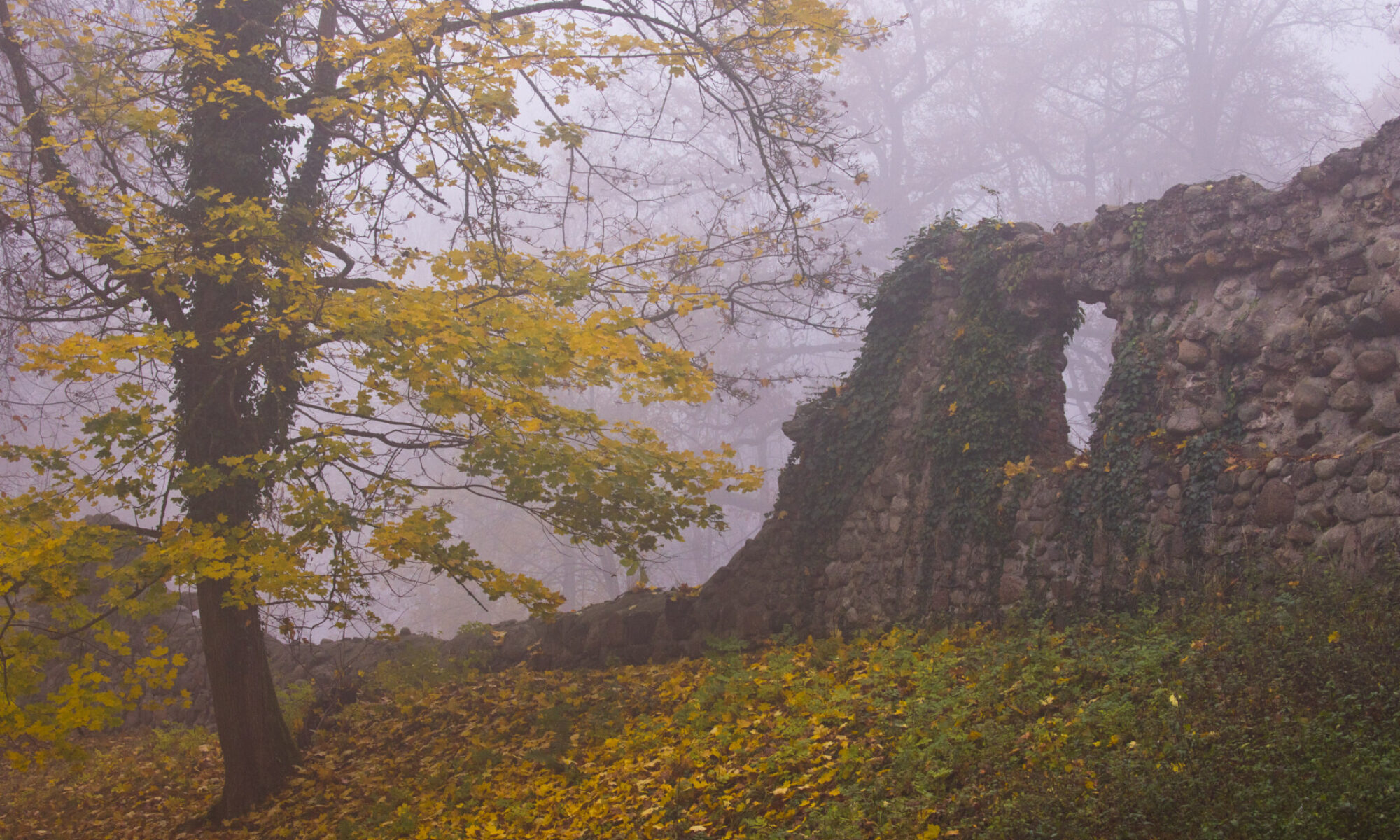Organizatorzy: Rafał Fetner, Arkadiusz Sołtysiak (Faculty of Archaeology, Univiersity of Warsaw, Poland)
Forma sesji: online , sala 2.12 (sala zarezerwowana dla prowdzących sesje)
Sesja odbędzie się on-line na platformie Zoom Meeting
link: https://uw-edu-pl.zoom.us/j/97854797323?pwd=dGVJTjlYNEFib2FGNmpJL2luZ2ZlZz09
Data: 13.03.2023 r. (poniedziałek)
As the Late Roman world system fragmented during Late Antiquity, subsistence strategies were becoming increasingly based on local environmental resources, with important consequences for human nutrition. Diets were becoming more diverse, while at the same time sites with strong connection to the remnant Roman state of the early Middle Ages (Byzantium) maintained at least some elements of their Late Roman subsistence strategies. “Scales of fragmentation” project attempt at understanding the changes in human diet, nutrition, health, and subsistence strategies during the transition from Roman Antiquity into the early Middle Ages. It focuses on the Eastern Mediterranean (the core lands of the Later Roman Empire) in the Late Antique period (ca. 300-800 AD). Combination of state-of-art bioarchaeological methods will be presented in the historical and archaeological context — data on exchange networks, the palaeoenvironmental data on the structural changes in Mediterranean landscapes. This approach will allow us to understand the interaction between humans and their environment during the political and social changes of the Late Antiquity and the early Middle Ages. Thanks to its scale and comprehensiveness, our project can open up new perspectives on the research dealing with the end of Antiquity and the dawn of the Middle Ages. Our results can also be of general relevance, as we will be able to demonstrate how human nutrition and health reacts to fragmentation of a global world order.
Szczegółowy program sesji tutaj.
Abstrakty:
Rafał Fetner (Faculty of Archaeology, Univiersity of Warsaw, Poland)
Scales of Fragmentation in Romania: shift in diet between the Late Antique and Early Middle Ages
At the turn of the Late Antiquity to the Early Middle Ages, Romania faced gradual changes in the ethnic, and economic makeover. The arrival of Slavs and Avars changed the dynamic and put some pressure on the Eastern Roman Empire. During the presentation, the results of carbon and nitrogen stable isotopes of four sites dated to the Late Antiquity and Early Middle Ages from Wallachia will be discussed. The results showed a temporal difference between sites of various periods. The change is visible in the carbon stable isotope ration, but not in the nitrogen stable isotope ratio. Since most of the individual express high carbon stable isotope values, but moderate ratio for nitrogen, it is argued that the shift was associated with the consumption of millet. Later population of this region relied much more on millet. The results will be discussed in a broader European context.
Sabina Fiołna (Freie Universität Berlin, Germany), Adam Izdebski (Max Planck Institute for Geoanthropology, Jena, Germany & Institute of History, Jagiellonian University, Krakow, Poland), Çetin Şenkul (Department of Geography, T.C. Süleyman Demirel Üniversitesi, Turkey)
Integration and disintegration of the Roman globalised system as evidenced by historical, archaeological, numismatic and palynological record from the territory of ancient Tripolis, Western Asia Minor
The pollen core extracted from the Buldan Yayla Lake (Turkey), within the territory of the ancient city of Tripolis, provokes a discussion on the role of globalised anthropogenic pressure in changing Mediterranean microecologies. The city of Tripolis in Western Asia Minor was founded as a Hellenistic colony in the 2nd cent. BCE. As evidenced archaeologically, it thrived during the Early and Late Roman periods, but it was eventually abandoned in 7th century CE. The Social Network Analysis of Roman provincial coinage illustrates how Tripolis became incorporated into the increasingly interconnected network of Anatolian cities in the Early Roman Period. Simultaneously, changes in the ratios of pollen of olive (Olea Europea) and cereals (Cerealia) in the pollen record testify to the rapid growth of human pressure in the valley in the 1st cent CE, a following plateau, reorganisation and finally its disintegration in 7th cent CE coinciding with the city abandonment. It is evident that the landscape of Buldan Yayla was subjected to local economic and cultural trends. However, the crucial factor in shaping the long-term patterns of change was the existence of an integrated, highly interconnected Roman socio-ecological system.
Giedrė Motuzaitė Matuzevičiūtė (Lithuanian Institute of History, Vilnius University, Lithuania), Rimvydas Laužikas (Vilnius University, Lithuania)
The history of millet cultivation in the East Baltics
The earliest broomcorn millet in the eastern Baltic region was identified from macrobotanical remains that were directly dated to ca 1000 BCE. Between the 800-500 BCE the millet was one of the major staple foods for the territories of Lithuania while its use continued to take an important role in the past agriculture until the ca 14th-15th centuries.
In this presentation we introduce the existing archaeobotanical evidence and written sources on broomcorn millet cultivation in Lithuania from its first arrival all the way to the 19th century. Several key issues on millet etymology in Lithuanian vocabulary is discussed along with reviews on millet cultivation strategies in the past as documented from archaeobotanical remains and historical records. In the light of fluctuating records of millet cultivation and use we review the past consumption of millet as human food and animal fodder. We argue that the significant decrease in use of broomcorn millet in Lithuania was tightly linked with the climate change (the Little Ice Age) and the agricultural reform of the 16th century.
Aldona Mueller-Bieniek (Faculty of Archaeology, Univiersity of Warsaw, Poland)
Millets in archaeobotanical data from Poland
In the territory of Poland, traces of broomcorn millet (Panicum miliaceum) were identified from archaeological sites or features dated back to the Early Neolithic. Until now, some of its grains were radiocarbon dated and always appeared much younger than the Neolithic. The oldest broomcorn millets found, with age confirmed both by archaeological context and radiocarbon method, are noted in SE Poland and are dated to the MBA (14th-13th cent. BC). A brief review of accessible data, including methodological and taphonomic issues will be presented, spanning from Neolithic to Medieval times.
Hakob Simonyan (Scientific Research Center of Historical and Cultural Heritage, Yerevan, Armania), Hasmik Simonyan (Department of Archeology and Ethnography, Yerevan State University, Yerevan, Armenia)
A unique ritual pit with human remains from the memorial complex of Armenian kings in Aghtsk (Armenia)
The archaeological and architectural site of Antique and Early Medieval times in the homonym village on the slopes of Mount Aragats in Aragatsotn Region, Armenia, is depicted in the written sources of Armenian historians of the fifth century. The monument is being excavated since 1970-s by archaeologist H. Simonyan. In 2022, under the floor of the palace a burial pit with the human remains of 25 (males, females, infants) and plus individuals (only due to their cranial remains) have been excavated. The ritual pit was full of human remains without any anatomical connections insitu probably previously cleaned from flesh.
Arkadiusz Sołtysiak (Faculty of Archaeology, Univiersity of Warsaw, Poland)
Preliminary assessment of the age-at-death pattern in the multiple burials at Marea, Egypt
During recent archaeological works at Marea (ancient Philoxenite) directed by Tomasz Derda from the University of Warsaw, two rock-cut multiple burials were found, dated to the 6th/7th century CE. One of them (burial 1) was strongly distorted and damaged by partial roof collapse, but the second (burial 2) was relatively well preserved with more than 30 cm-thick deposit of human remains. Some anatomical connections were still present, but most elements were completely disarticulated. The age-at-death pattern in both burials is very specific, with virtually no neonate remains, high prevalence of older children (5 to 12 years old) and mature/senile adults. Although this pattern deviates from the catastrophic profile, it may be the effect of a specific epidemic disease.
Tomasz Waliszewski (Faculty of Archaeology, Univiersity of Warsaw, Poland), Urszula Wicenciak-Núñez (Polish Centre of Mediterranean Archaeology, University of Warsaw), Mariusz Gwiazda (Polish Centre of Mediterranean Archaeology, University of Warsaw), Monika Badura (Faculty of Biology, University of Gdańsk)
Towards an atlas of Phoenician wines – merging data from multiple sources
If written accounts are to be believed, Phoenicia during the Roman and Late Antique periods was famous for wines known beyond its borders. Archaeological data confirm these accounts only to a minor extent. Environmental and epigraphic data are useful but not decisive in this respect. Only by correlating all the available information with our knowledge of wine containers (amphorae) produced locally mainly on the Phoenician coast does it become possible to build models indicating the existence of the wine centres mentioned by ancient authors.

